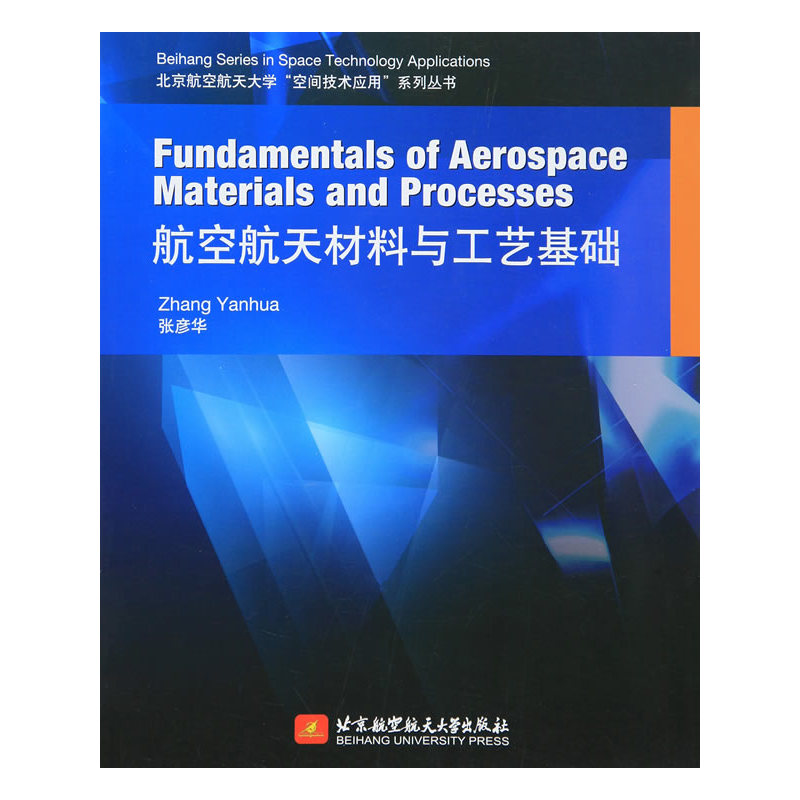
包邮航空航天材料与工艺基础

温馨提示:5折以下图书主要为出版社尾货,大部分为全新(有塑封/无塑封),个别图书品相8-9成新、切口有划线标记、光盘等附件不全详细品相说明>>
- ISBN:9787512419247
- 装帧:暂无
- 册数:暂无
- 重量:暂无
- 开本:16开
- 页数:329
- 出版时间:2016-01-01
- 条形码:9787512419247 ; 978-7-5124-1924-7
本书特色
《航空航天材料与工艺基础(英文版)》the main objective in this book is to present the fundamentals of materials science and processes used inaerospace engineering.the book starts with an overview of the structures of materials (chapter 1).chapter 2discusses the mechanical properties of materials and chapter 3 examines the solidification and phase diagrams.this is followed by chapter 4 through 6 are then devoted to the important engineering materials.the nextthree chapters (chapters 7 through 9) deal with the important field of materials processes, namely casting,deformation forming and welding.chapter 10 represents the materials and processes selection for aerospacestructures.
内容简介
Themainobjectiveinthisbookistopresentthefundamentalsofmaterialsscienceandprocessesusedinaerospaceengineering.Thebookstartswithanoverviewofthestructuresofmaterials(Chapter1).Chapter2discussesthemechanicalpropertiesofmaterialsandChapter3examin
目录
-

金属切削液配方与制备手册
¥144.5¥198.0 -

图解新能源汽车 原理·构造·诊断·维修
¥96.0¥128.0 -

中国传统酿造酒醋酱
¥38.1¥128.0 -

公路路基设计规范
¥54.9¥98.0 -

地下金属矿山灾害防治技术
¥26.5¥75.0 -

零担货物运输网络中绿色物流的枢纽选址与路径规划:英文版
¥57.2¥78.0 -

图解汽车线束技术
¥55.6¥78.0 -

土壤与地下水污染生态环境损害鉴定评估技术
¥35.6¥48.0 -

再话土力学
¥54.9¥98.0 -

中国近现代超级工程地理分布图
¥16.8¥20.0 -

矿产勘查项目设计实习指导书
¥24.0¥32.0 -

汽车故障综合诊断技术
¥63.7¥95.0 -

用于固态锂金属电池的钛酸镧锂基电解质研究
¥48.0¥58.0 -

汉服经典纹样与配色图鉴
¥117.6¥168.0 -

LNG船舶夜航安全评估
¥32.4¥56.0 -

高速列车空气动力学设计技术
¥102.4¥128.0 -

新型电力系统与新型能源体系
¥27.5¥98.0 -

科学论证:逻辑与科学评价方法:logic and scientific evaluation method
¥89.6¥128.0 -

河南省水资源——第三次水资源调查评价
¥144.0¥200.0 -

基于整体性治理的农村水环境共治模式研究
¥61.8¥78.0














